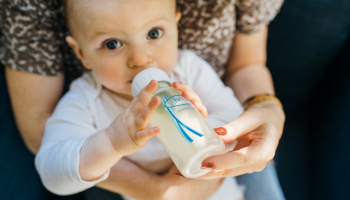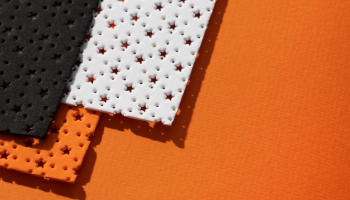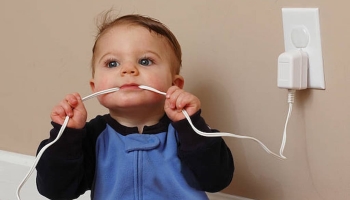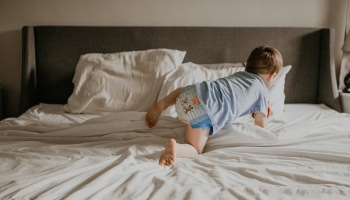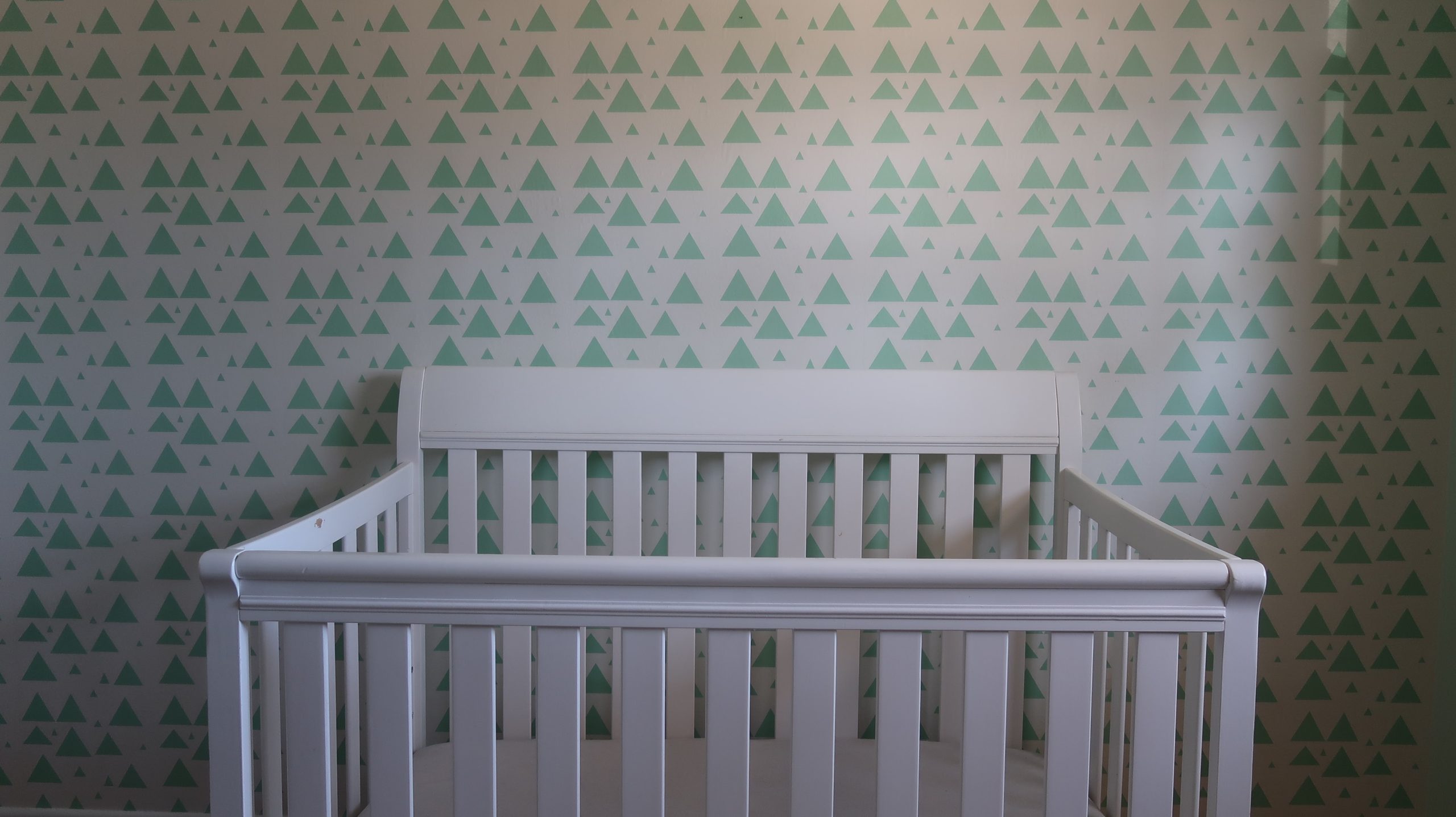
As exciting as it is, saying goodbye to your baby’s bassinet may be a terrifying experience. Many parents cannot determine when to move their newborns from the bassinet to the crib because of how rapidly they grow out of the bassinet.
When your baby is four or six months old, you should consider moving them to a crib. This is the age when gross motor development abilities begin to take off. So, moving to a crib is the safest solution.
How to Transition Your Baby to Crib
Have A Safe Sleep Space for Your Baby
Safe sleep rules for your infant should be followed before you begin the process of moving your baby into a crib. Because she’ll be more comfortable, she can get some shut-eye. Make sure there are no toys, cushions, or plush animals in the crib area. Keep in mind that a simple crib is a safe one. To keep your infant warm, use a swaddle or sleep sack instead of a blanket.
Make Your Baby’s Nursery Friendlier
It’s impossible to expect your baby to sleep peacefully in her crib if you don’t spend time with her there. Play with her in the nursery, change her, feed her, cuddle her, etc., throughout the day. You may also encourage her to perform tummy time in the crib while you watch. As a last resort, you may put a few baby toys into your daughter’s nursery and play with her there. Your baby’s transfer to the crib will go more smoothly if she is accustomed to the room’s sights and sounds.
Make Bedtime Routines a Habit
You and your baby should establish a nighttime routine as you begin the shift. This prepares her for a restful night’s sleep and helps her wind down after a long day. If you stick to the same schedule every night, your kid will come to link it with sleep. In addition to bathing, reading tales, and swaddling your baby before bed, you may also do one last feeding throughout the day.
Take Your Baby’s Bedtime Routine to the Nursery First
Do the complete nighttime routine in the nursery for a few days until you’re ready to make the switch. Your infant may wear their pajamas, and you can also read books to her before you bring her to your room for the next three to four days. This will assist her in moving to a new home by creating good memories of her nursery.
Create a Mom-like Atmosphere in the Crib
Is the crib comfortable enough for the baby? If so, make it seem like they are in your arms. Try sleeping with the baby in her blanket or pacifier for a few days before making the switch to ease the adjustment. Your baby’s crib sheets may also be used as a mattress for you to sleep on.
Make Sure Your Baby has a Peaceful Night’s Sleep
Your baby’s nursery should have a peaceful atmosphere conducive to restful sleep. Create an atmosphere that is favorable to a good night’s sleep for them. Use blackout curtains to darken the space completely. When the lights are out, you shouldn’t be able to see your hand in front of your face. Having a peaceful sleep is key to getting children to be more comfortable in a new sleeping space.
Bottom Line
Wishing you the best of success as you move your baby to her crib. Don’t forget to pay attention to your baby’s development and physical milestones so that you can know when to lower the crib when she first begins moving about!
Frequently Asked Questions
Why do newborns sleep better in their parents’ beds than in their beds?
According to research, when a baby sleeps near their parents, the child’s health improves. It is true that newborns who sleep with their parents have more consistent heartbeats and breathing patterns. They even had better sleep quality. Furthermore, it has been shown that being near to parents reduces the incidence of SIDS.
How to put a baby to sleep in a crib without waking them?
Take your baby over the edge of the crib and keep them there (this is similar to letting your baby flow over the crib mattress). Then, if they don’t wake up after 10 or 15 seconds of counting, you may gently drop your infant toward the mattress. As you lower your infant toward the mattress, be sure to move slowly and carefully.
When I put my baby to sleep, why does she cry?
The vestibular system of your baby is alerted by the quick shift in posture. For example, a person may detect whether they are standing in a new location because of their sense of proprioception. Anyone might be startled awake by a quick shift in their posture or movement.
Why can’t the baby remain in his or her crib?
In this case, the bedtime routine will serve as an ally in your efforts to help him break the habit. Each night, lower the amount of time you spend nursing by a few minutes. As soon as you see the baby getting sleepy, place him in the cot. Be patient and optimistic if the infant continues to refuse to sleep.
Is it possible for newborns to injure themselves in their cribs?
Babies are unable to harm themselves because they lack the necessary strength. There have been no reported cases of newborns being trapped between the crib bars and suffering significant injuries. Always put your infant to sleep on their back, whether for naps or at night, to prevent the danger of SIDS from occurring.
If I want to put my crib mattress on the floor, when should I do it?
Once your baby is ready to sit up on their own, you should reduce the height of their crib by half a notch, or even a whole notch. This usually occurs between the ages of 5 and 8 months. Once your baby can pull up on its own, you should lower the mattress to the lowest level possible to ensure their safety.



